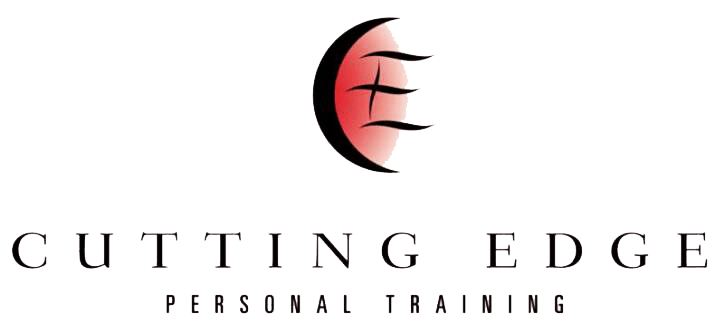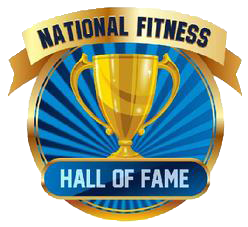September 6, 2022
Should You Give Up Carbs?
This article will help you answer the question if carbs are actually bad for your diet. Find out what they are, what they do, and how to use them.

Should You Give Up Carbs?
How many carbs should you eat in a day? Is it bad to eat carbs if you want to lose weight?
These are questions that many people struggle with when trying to make healthy changes to their diet.
In this post, we'll explore the role of carbohydrates in nutrition and weight loss and we’ll also provide some tips for how to include them in your diet without sabotaging your goals.
So, do you need to give up carbs altogether if you want to lose weight? The answer may surprise some of you.
Read on to learn more.
What Are Carbohydrates?
Simply put, carbohydrates are nutrients found in food that the body breaks down into glucose, which is then used for energy.
There are two main types of carbohydrates - Complex carbohydrates, which are found in starchy foods like potatoes and rice, and simple carbohydrates, which are found in sugary foods like candy.
The difference?
Well, when we eat complex carbs, they're slowly broken down into glucose and released into our bloodstream over time.
This provides a steady source of energy that helps us fuel our daily and training activities.
Simple carbs, on the other hand, are rapidly broken down and provide a quick burst of energy that can be helpful at times, but is generally not suitable for people to consume all the time.
This is because simple carbohydrates can lead to rapid spikes and drops in blood sugar.
Weight Loss & Carbohydrates
Carbohydrates have gotten a bad rap in recent years, but in fact, they are not as bad as many people believe them to be.
If you're trying to lose weight, you might have heard that cutting carbs is the key to success.
But the truth is whether or not you lose weight depends on whether or not you're in a caloric deficit.
In other words, if you're eating fewer calories than you're burning, you'll lose weight regardless of how many carbs you're eating.
Nevertheless, keep in mind that out of all 3 nutrients (protein, fats, and carbs) carbs are the best to reduce, in the context of creating a caloric deficit.
This is because carbohydrates are nonessential for the body, and are less important than protein and fats.
Still…that does not mean you have to cut carbohydrates altogether!
The vast majority of people will do great by just reducing them and making them a functional part of their nutrition plan.
Making Carbohydrates Functional!
In case you haven't heard, carbs are back!
Well, they never really left, but after years of lowcarb diets being all the rage, carbs are finally getting the recognition they deserve.
And rightfully so - carbs are an excellent source of energy for high-intensity performance, especially when compared to fats.
This is simply because glycogen (stored glucose) can be broken down into energy much more rapidly than fat.
And so, whether you're trying to up your game in the gym or simply want to be able to power through your workouts with ease, making carbs a functional part of your diet is a must.
Choose Good Carbohydrates Now, saying all of this doesn’t mean you should stack up on cake and candy!
Instead, your best bet would be to mostly rely on complex carbohydrates, such as potatoes, sweet potatoes, oats, fruits, and starchy vegetables.
These are the foods that will provide steady, consistent energy for the body.
If there are any simple carb-rich junk foods that you like, I would recommend consuming them after a workout, when the body needs energy immediately.
But again…if your goal is weight/fat loss, you want to make sure you’re not going over your allotted calorie deficit for the day.
The Verdict
And so, what’s the verdict? Are carbs bad for you or not?
The answer is a little more complicated than a simple yes or no. There are definitely benefits to limiting your carbohydrate intake (such as making it easier to create a deficit), but going completely carb-free may not be the healthiest option for everyone.
Much like anything else, your best bet would be to not go to extremes - keep it balanced.





